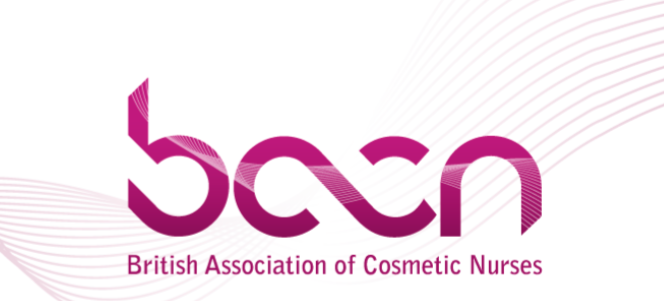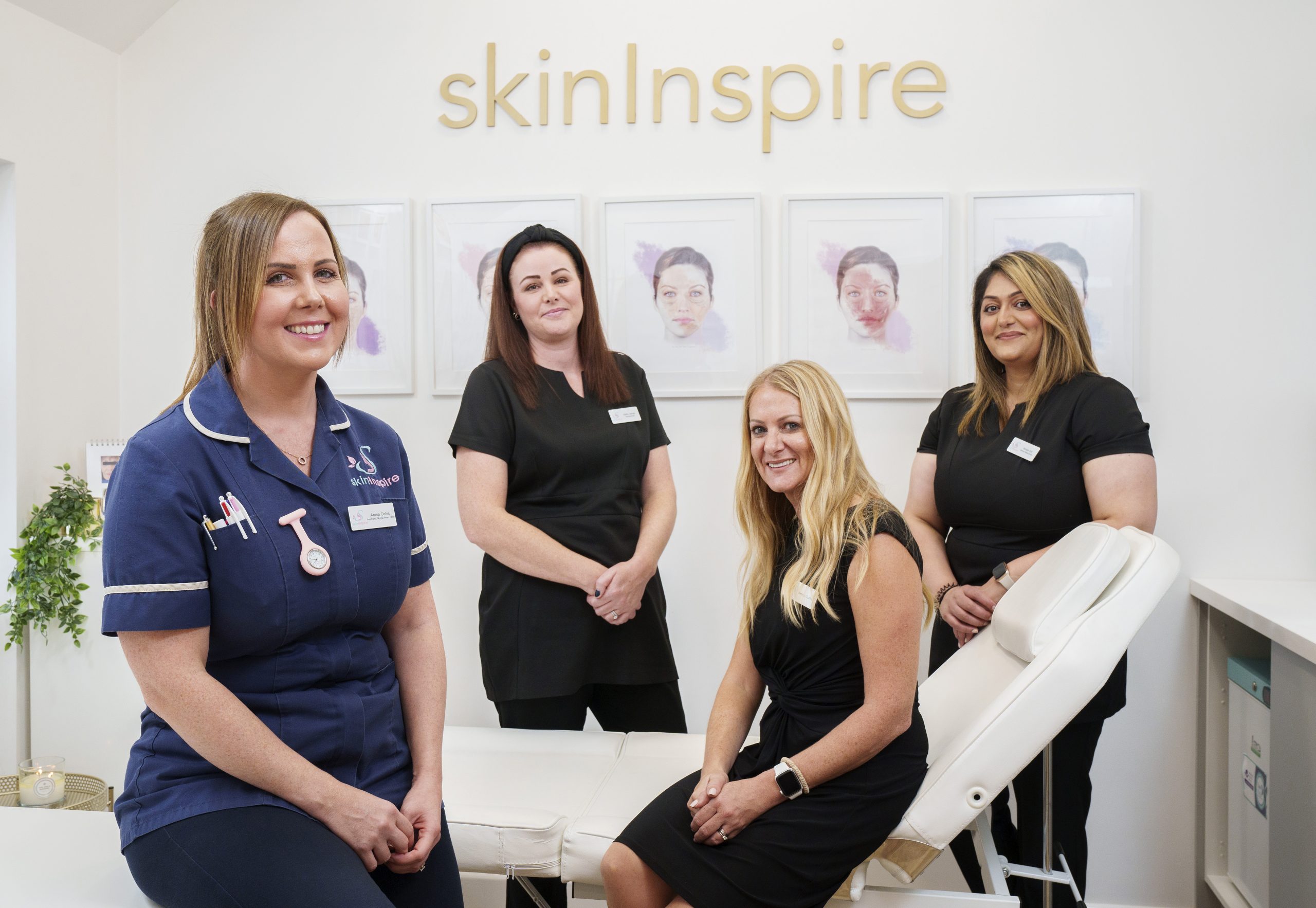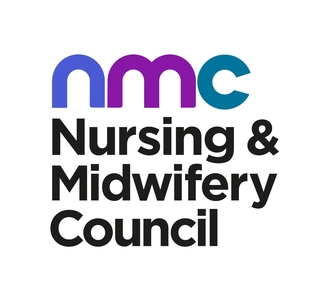Rosacea is a common chronic skin condition that can have a considerable impact on affected individuals. While the exact cause is not fully understood, various factors contribute to its development, making it essential to identify triggers and manage symptoms effectively. Treatment options such as topical medications, oral antibiotics, chemical peels, DermaLux LED Therapy, and a suitable skincare routine can significantly improve the quality of life for those living with rosacea. If you suspect you have rosacea or are experiencing persistent skin issues, it is crucial to consult a dermatologist for proper evaluation and personalized treatment.








